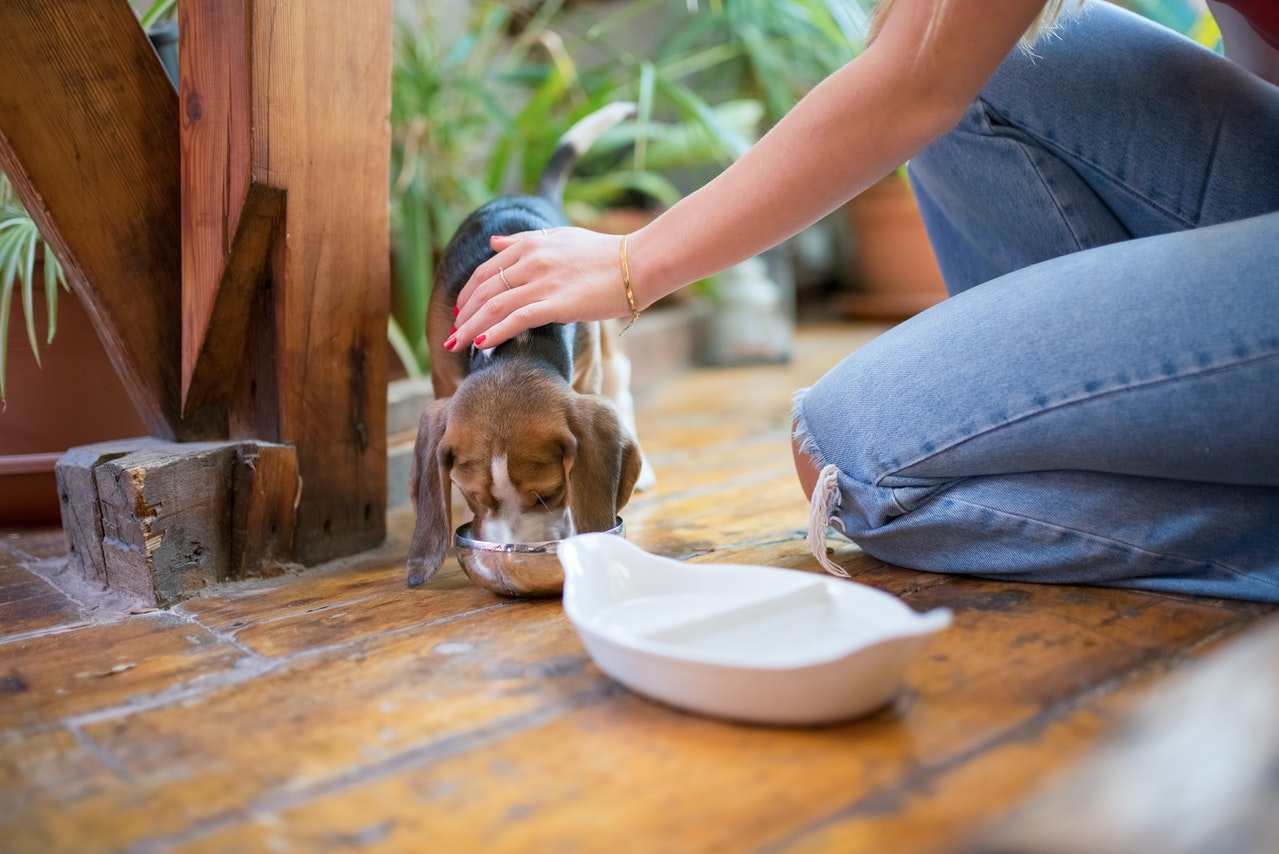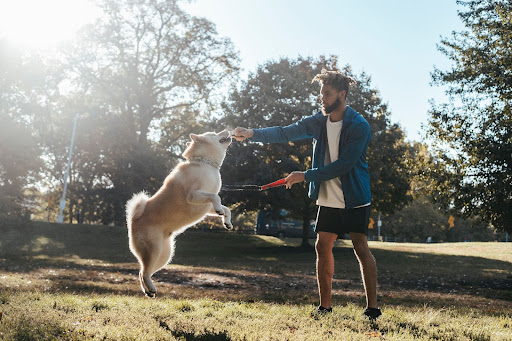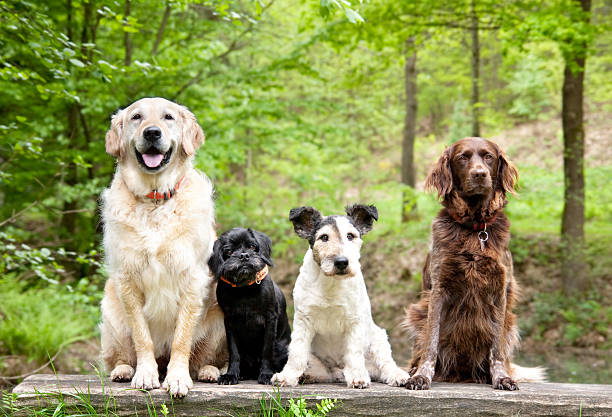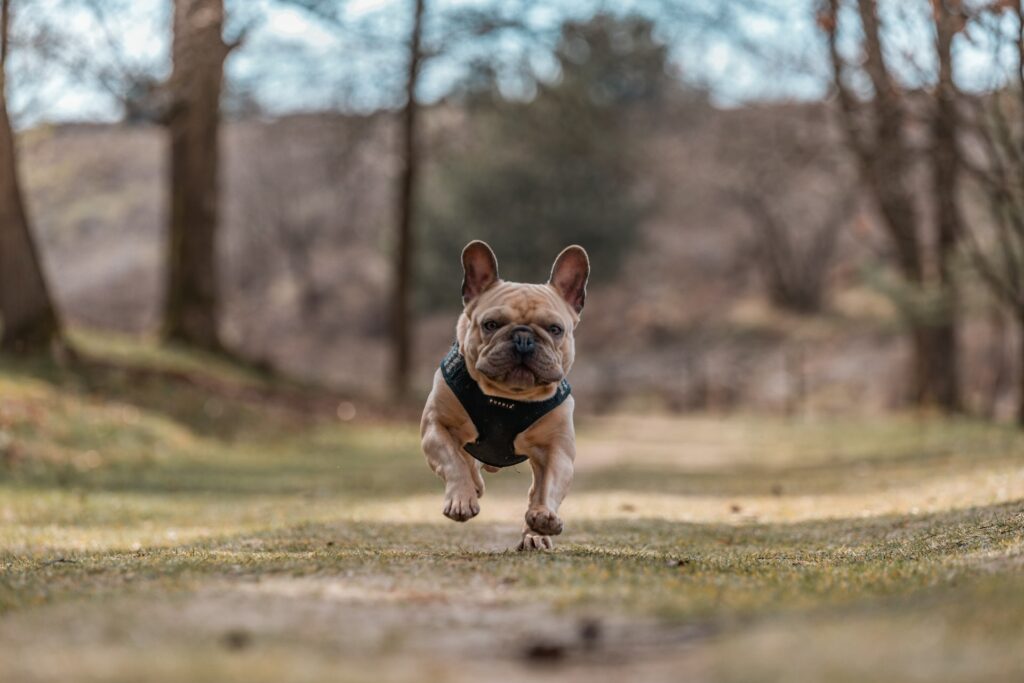
Welcoming a new puppy into your family is an exciting time for everyone. While your first thoughts may be what to call your new furball, where they will sleep, and how quickly you can toilet train them, knowing what and what not to feed them is vitally important.
Read on for our quick guide to the must-have facts to feeding a healthy pupper.
Choose puppy specific food
Puppies grow at an incredible rate, and many breeds will reach their full size by the time they celebrate their first birthday. Compare this to how long it takes a human to reach their full height, and that’s an awful lot of growing to do in a very short space of time!
With all this growing they have to do it makes sense that they need specially formulated foods. Ideally, puppy food should have a higher protein and fat content than adult dog food to give them all the energy they need.
When it comes to choosing between dry, canned or raw puppy food, you will want to check that the ingredients come from good sources and that the blend of food has been formulated by an animal nutritionist to ensure your newest family member is getting all the goodness they need.
Know how much is enough
Portion control is always a tricky thing to get right. Finding the balance of enough but not too much can be a struggle for humans, never mind four-legged friends. Because puppies are growing quickly, they need to eat much more frequently than older dogs. You should plan to feed young puppies three to four times a day.
Exactly how much to feed them is tied very closely to their weight. One of the easiest ways to get a precise weight is to weigh yourself and then weigh yourself again while holding your fuzzball. Read the instructions for your chosen puppy food to determine how much food should be given in each feed. It is important to note that these are just guidelines. How much your puppy actually needs will depend on their activity level and even the breed that they are.
A good rule of thumb is that your puppy’s adorable little tummy should be slightly rounded with no hints of their ribs showing. Check with your vet if you have any concerns or questions about your puppy’s weight.
Let your pup eat in peace
You can set your doggo up for success when it comes to eating by providing a safe place for them to chow down. It will come as no surprise to puppy owners that they are incredibly playful. The only downside to this rambunctiousness is the potential for them to play so much that they forget to eat. A young puppy missing even just one meal can lead to them being lethargic and then not having enough energy to eat the next one.
Keep human playmates away from your puppy when they are eating and find a dedicated space for meal times to happen so pups can get their fill of good quality food.
Be careful with people food
Big round eyes and an adorable head tilt can be all it takes for the rest of the family and their friends to start sharing the food off their plate with your puppy. While it might seem adorable to feed a bit of a sandwich to your six-month puppy, when your three year old fully grown dog starts stealing the steak from your plate you will be less impressed!
Set a good example for your dog from the get-go and resist the temptation to feed them from your own dinner table. This is not to say that they can’t get a little treat of human food every now and again!
Food that is good for you is likely to be good for your dog too. If you want to use leftovers as a treat or as an incentive for training, stick to things like lean meats, carrots and apples.
Peanut butter is another popular option – dogs love the sticky yumminess of it and will methodically clean out every last piece of it
Know what’s toxic
While we are on the topic of human food, there are certain foods that people love that are incredibly dangerous for doggos. Keep these items far away from your puppy, and ensure that the rest of your family knows how dangerous they can be.
- Chocolate
- Onions
- Grapes
- Raisins
- Anything that contains xylitol
If you think your puppy has eaten any of these things, you should get in touch with a vet immediately. Be especially careful when cooking in the kitchen so that you don’t accidentally knock onions onto the floor or small children don’t spill grapes or raisins for a curious mouth to find.
We hope you have many years of fun and frolics ahead of you with your new canine companion. Understanding what they can and can’t eat is the best way to set them up for a long and happy life. Remember to ask your vet for advice if you are worried about your pup.
Be sure to pop a picture of their adorable face in the comments.
 S
S

Pros and Cons of Clicker Training for Dogs

Top 8 Family-Friendly Dog Breeds to Consider When Looking for a Pet

 S
S
4 Different Ways To Let Your Dog Enjoy CBD

